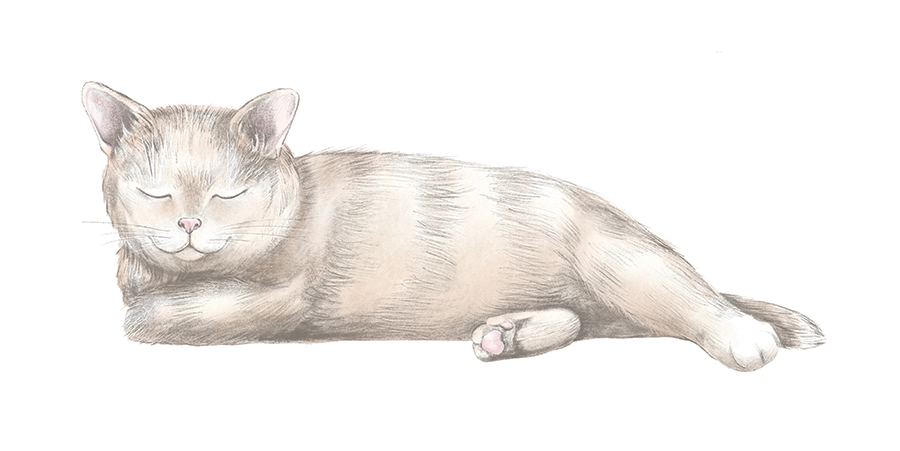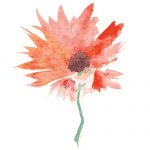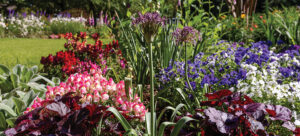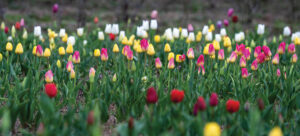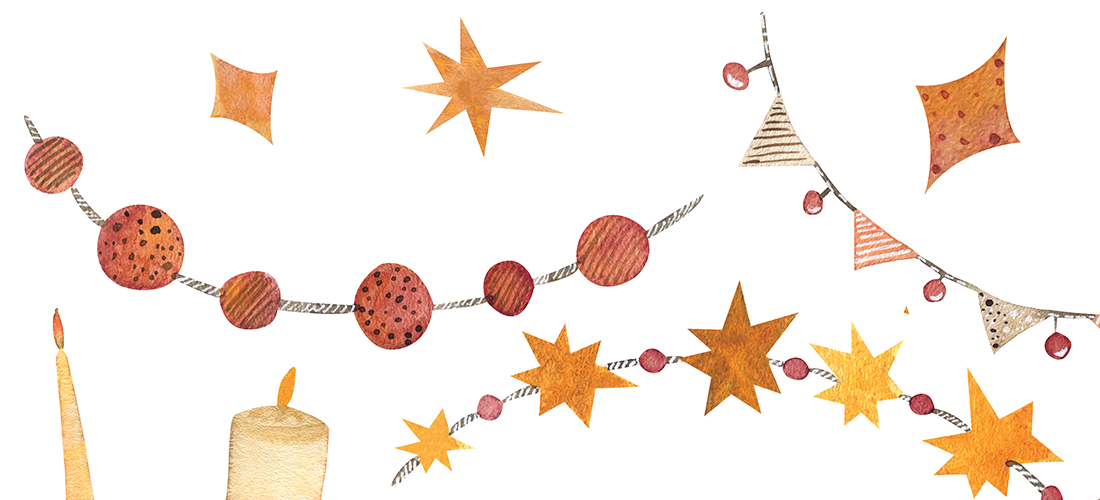
By Ashley Walshe
December is a bed of ash and embers, an ancient ritual, a deep and permeating warmth.
The songbirds are stirring. You slip on your work gloves, slip out the back door, fade into the arms of the dark and wintry morning.
On the walk to the woodshed, the cold air stings your lungs. You gather the kindling and hardwood. You gather yourself for the long journey inward. The leaves crunch gently underfoot.
Back inside, where the sleeping cat resembles a furled frond, the hearth becomes a sacred alter. You kneel down, offer the gifts of summer’s storms: walnut, oak and maple limbs. In a moment of deep silence, the wood speaks. The fire keeper listens close.
Once the kindling catches, time slows. And as the logs begin to pop and crackle, the dancing flames transport you to every fire you have ever known. You are transfixed — enchanted. Here and many places, as if all timelines have merged.
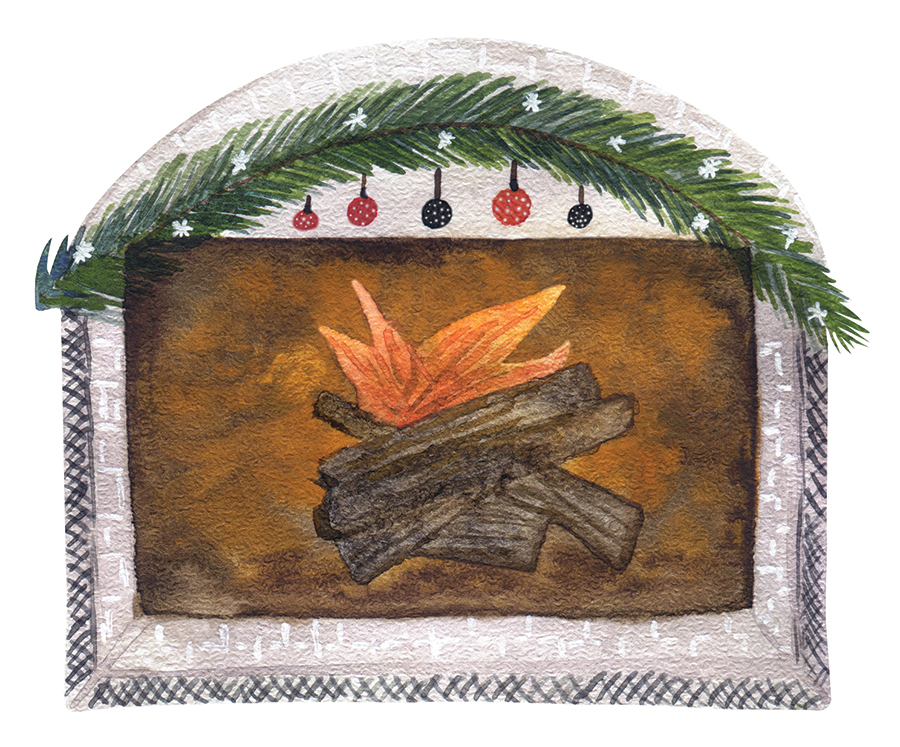
At once, something breaks you from your trance: a primal knowing. It’s time again to feed the fire. You add another log, shift your focus from the flames to the glowing embers, the source of true and lasting warmth. The sleepy cat unfurls.
Soon, you’ll slip on your gloves to return to the woodshed. Back and forth you will go, all winter. The cold air will sting your lungs, but you’ll be ready for it. You’ll embrace it. An ancient fire will glow within you, will guide you through the darkest days of winter.
Gift from the Magi
Gold? We get it. But frankincense? Because the trees that produce this fragrant resin flourish only on the coast of the Arabian Peninsula, in India and the Horn of Africa, there was a time when, like myrrh, this sap was as valuable as gold. Used for perfumes and incense, as well as for its antiseptic and anti-inflammatory properties, frankincense has a heavenly (yet earthy) aroma that has long made it a coveted offering for religious ceremony. Its scent is believed to reduce anxiety and stimulate the immune and respiratory systems. And did you know that, when burned, its smoke repels insects? A wise gift indeed.
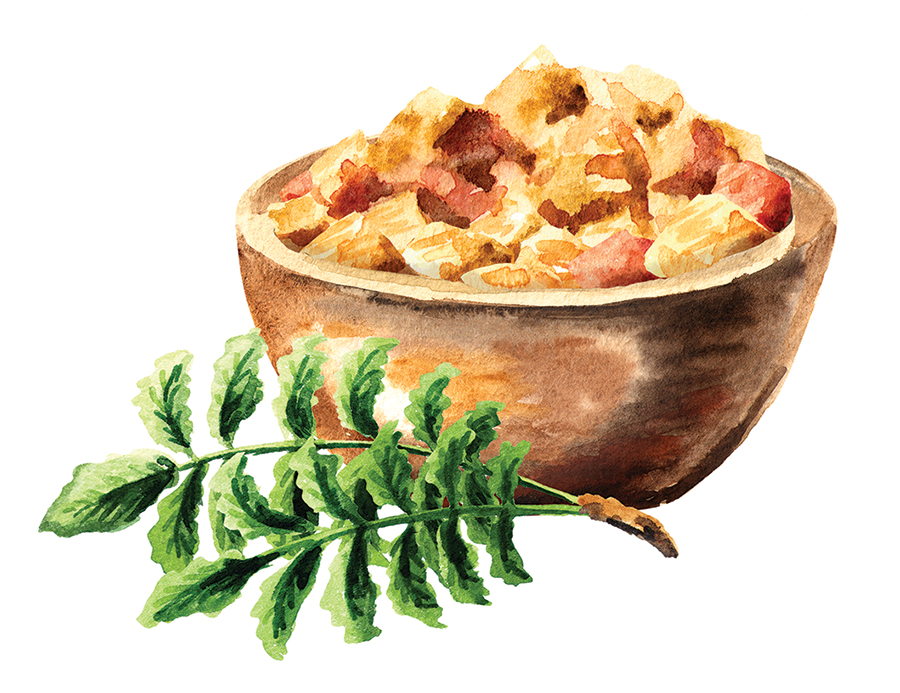
Peppermint Tea
Eggnog and wassail have their place.
But peppermint tea requires no hubbub.
It’s sweet, but not too sweet.
Caffeine-free.
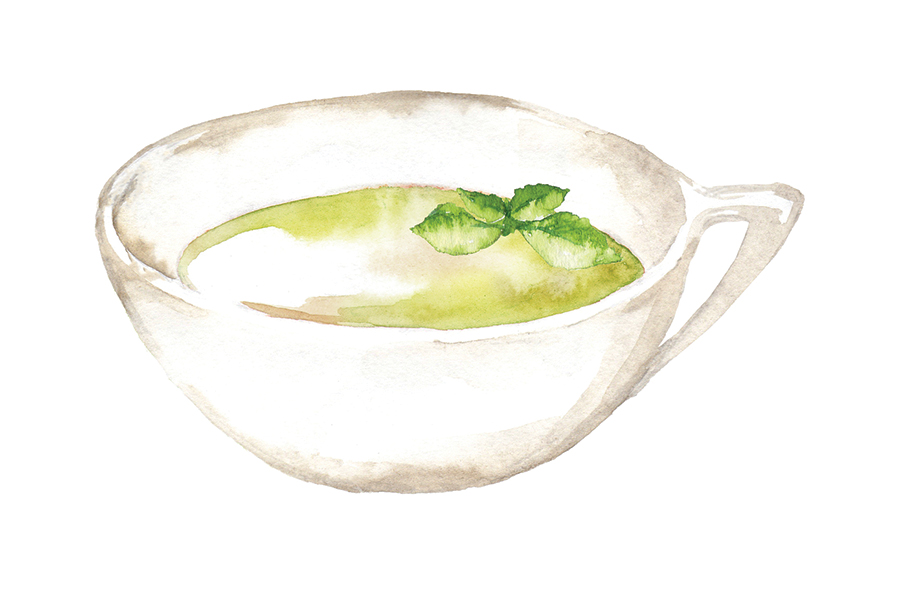
And unlike nog, which doesn’t exactly leave you feeling light and airy, peppermint tea promotes healthy digestion.
For a ritual for one, bring a cup of purified water to a boil. Place seven peppermint leaves into a favorite teacup, then add hot water and steep with fresh tarragon leaves and a quarter-inch slice of vanilla bean. Stir in a spoonful of local honey.
Ritual for two? Double it up.
Winter is the time for comfort, for good food and warmth, for the touch of a friendly hand and for a talk beside the fire: it is the time for home.
– Edith Sitwell
